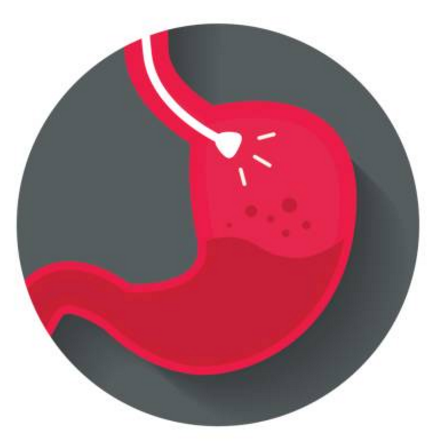The endoscope is a long thin flexible tube equipped with a miniature video camera and fibre optic lighting at its tip. Images are seen on a monitor and are recorded for later study, confirmation and comparison if required. Endoscopic procedures also allow the gastroenterologist to take specimens, tissue samples (or biopsies) for histopathological testing or remove polyps during the procedures.
Appropriate patient preparation and monitoring of the patient’s well-being before, during and after the procedure by dedicated medical personnel and skilled assistants ensures that sedated endoscopic examinations can be carried out safely at the Centre for Digestive Diseases.
The endoscope can be inserted through the mouth and advanced inside the upper digestive tract (oesophagus, stomach and duodenum), slowly guided by the camera image and this is called a Panendoscopy or Gastroscopy. For more information on Panendoscopy or Gastroscopy please see https://centrefordigestivediseases.com/for-patients/treatments/panendoscopy/.
If the endoscope is inserted through the anus and advanced through the large bowel towards the small intestine the procedure is called a Colonoscopy.

